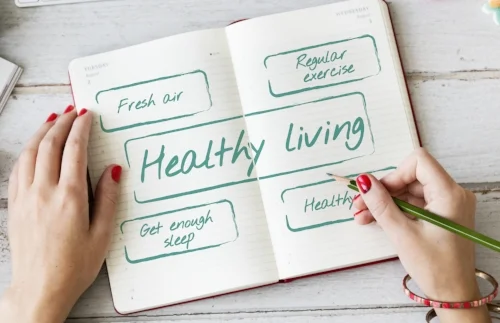Last week, I introduced Reasonable Accommodation and outlined a little about how I was affected when how my former employer – let’s call them Stumble, Bumble, and Fall Consulting, or SBF -- failed to follow the law. Now I will go into more detail about what happened and what SBF could have done to be a responsible, accommodating employer.
First, let me give you the details of the situation. I am a contractor for the Federal government. For the first time in a decade with SBF, I went more than a week or so without doing client work. It’s a difficult situation, but a company as big as SBF has reserves to handle situations like mine. Finally, a project came along where SBF was a subcontractor to a smaller contracting company. I had no experience in the kind of work they needed, but it was client work and I wasn’t given a choice on whether to accept it.
I knew right away that it was going to be a bad situation. First, it was in one of the worst neighborhoods in Washington. There was no safe place to park, and in the four months I was on the project, there were four shootings in and around the premises where I parked, including the shooting of a pregnant teenager the weekend before I started. It was high stress even getting to the office, and that kind of stress affects blood sugar.
Additionally, I was commuting for a minimum of three hours/day with no flextime and no telework, which meant I no longer had time to exercise and plan meals as required for optimum care of diabetes.
Last, and worst, SBF was aware that the project I was walking into – as a task lead! – was a longstanding hostile work environment. The prime contractor had let people go for being pregnant and for being male, both illegal. The only people on that contract from SBF were there because, like me, they hadn’t had a project for a while. SBF knew they should have broken the contract long before I got there, but they didn’t. In the end, the prime contractor bullied me, and I was told I had to sit there and take it, without defending myself my team, or expressing concerns about how I could effectively do my job with the restrictions the prime contractor placed on us. This added to my stress level and contributed to the loss of control of my condition I am still struggling with.
From bad to worse
Most of us as chronic and autoimmune patients are protected by the Americans with Disabilities Act. As such, we are entitled to certain accommodations for our conditions. If our conditions get in the way of us performing our duties or, in my case, if our duties negatively impact our conditions, our employers must take measures (within reason) to adjust the situation so we can do our jobs and effectively look after our conditions. See below for a description of actions I took, actions SBF took, and actions SBF should have taken under the law.
I told my bosses at SBF before I started that the project was unsustainable, and that the HR department should look for another project as if I still didn’t have one.
- What SBF did: Nothing.
- What SBF should have done: Not made me take the project.
I repeatedly called and emailed my SBF bosses to keep them appraised of the situation and letting them know how the project was affecting my conditions. I begged them to take me off that project.
- What SBF did: Nothing, including not keeping me on HR’s radar for a new project.
- What SBF should have done: Arranged flextime or telework options, taken me off the project, or found me other work.
After three weeks, I found a promising new project that solved stress, commuting, and lack of experience issues.
- What SBF did: Barred me from taking the project because it was short-term (with the potential of becoming permanent), even though I clearly accepted the risk of being laid off if the project didn’t become permanent.
- What SBF should have done: Allowed me to take the project or found me another one.
In the end, the project and prime contractor wreaked such havoc with my diabetes regimen, my doctor had to write a note setting an end date to my participation on the project. SBF asked me multiple times to stay on since they couldn’t find anyone to fill such an awful position, but that letter at least protected me when the team I had worked with for a decade wouldn’t. Two weeks after I left the bad project, I started at the project I had found for myself, as it had turned into a permanent position.
This situation was so bad, I consulted an employment attorney, who, after an initial evaluation, thought I might have a legal case against SBF. I thought about pursuing it, but honestly, I don’t have the time, energy, or money to fund a lawsuit, at least right now. But I also haven’t completely abandoned the possibility, although I don’t know what the statute of limitations is.
Since then, I did really well on the project I found, and managed to stay with them when I left SBF. But I continue to struggle medically and haven’t really started to recover from the immense toll that unfortunate project took on my health. Next week, I will detail the medical fallout and why it is so dangerous for us when employers ignore their legal obligations to us.










